Forget Bond’s Silver Birch Aston Martin DB5; surely the DB4 is the best-looking of all the DBs? More sophisticated and less vintage in feel than its predecessors, better proportioned and prettier than its successors. But the crucial question is, what it’s like to drive…
Best to park all conceptions of the DB4 being an out and out sports car. It’s really not. The same is often said of the E-type, but even that is considerably more sporty than the Aston.

So what is the DB4? At best it’s a sublime GT that intoxicates with its performance, its soundtrack, its smell and its looks. At worst it feels heavy and slightly cantankerous, particularly in tight corners. What separates the two extremes? Steering geometry set-up, quality of restoration (it’s a rare DB4 that hasn’t been completely rebuilt at least once), tyres and modifications, which can be for better or for worse.
What doesn’t change is the appearance. Before the DB4, Aston Martins were good looking if a little clunky in some of the detailing, but handing the design of the new DB4 to coachbuilder Touring of Milan propelled Aston Martin to new heights of stylishness that it’s still judged by today.
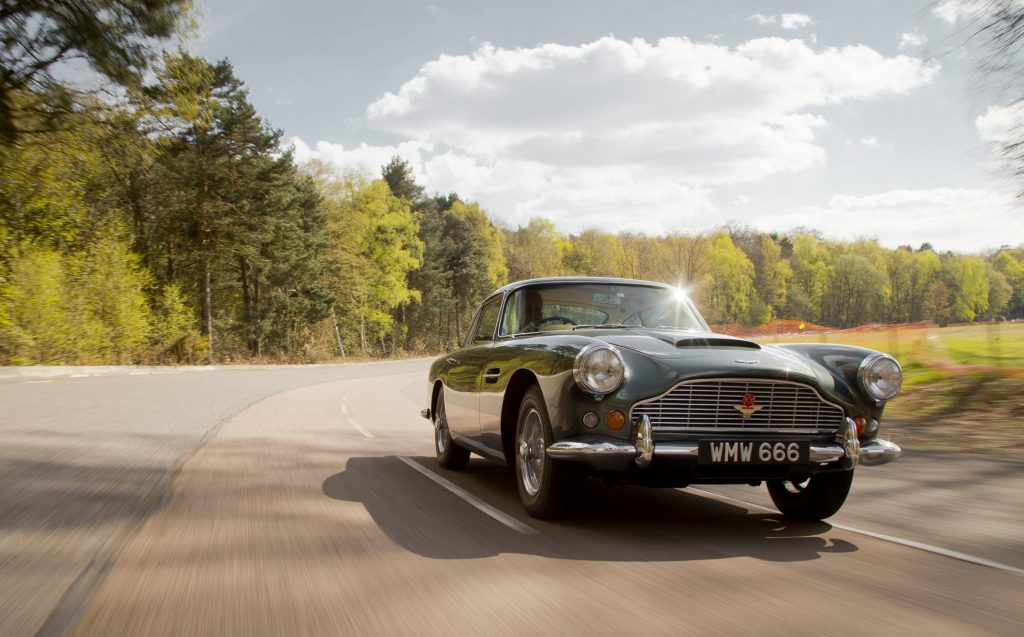
It’s become the definition of a 1960s GT: the clean sweep of the lower body work, interrupted only by the side vent and strake in the front wing and the delicate door handle; the discreet tail fins, the delicate pillars; and of course that defining Aston Martin front grille. The DB4 is delicate without seeming fragile, pretty but utterly masculine. Only the siting of the rear window edges is awkward, the glass seeming to sit too high in the roof line. But we’re getting picky now.
The panels are aluminium alloy built on Touring’s patented superleggera lattice of steel tubes. Superleggera means super light, but the hefty steel platform chassis offsets much of its weight advantage. It was never meant to be that way – the original design was for a perimeter frame that Touring quickly dismissed as unworkable with its construction techniques.
No biggie though, because it’s a straightforwardly decent base that was made even more straightforward when it became clear that the chassis-mounted differential needed for the planned De Dion rear suspension set-up was going to transmit too much noise into that lovely cabin, which would have been completely off-message for this great grand tourer. And so, the set-up reverted to live rear axle and the interior was spared a few decibels.
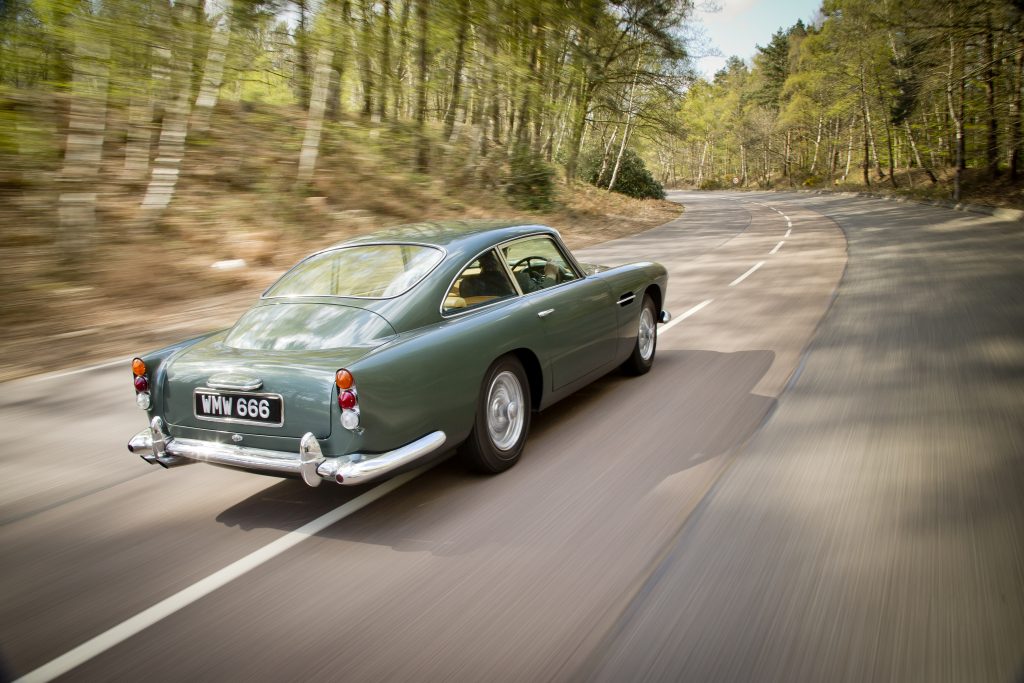
That’s quite a relief, because it’s a lovely place to be. Like so many cars of the era, but in a DB4’s case more so, it usually smells of aged leather and fuel and oil and perhaps a whiff of long-ago-smoked tobacco. The backs of the seats are low, the glass area expansive thanks to those thin pillars, and the dashboard surprisingly plain and arguably dated even for the early 1960s. But who doesn’t feel special when sat behind an array of chrome bezel Smiths instruments, warning lights and switches? If you were expecting the clichéd wood trimmings to complement the leather you’ll be surprised, because only the steering wheel rim makes use of timber, satisfyingly riveted to the metal frame.
Of course the ignition key feels small in our hands now, so accustomed as we are to huge key fobs. It slips into the ignition switch in the middle of the dashboard and, if you’ve got a good example, the straight-six engine churns then fires quickly. It’s not loud but there’s a rumble that tells of power and torque, which is backed up by the hefty feel of the clutch pedal and the firm hand needed on the slim chrome gearlever.
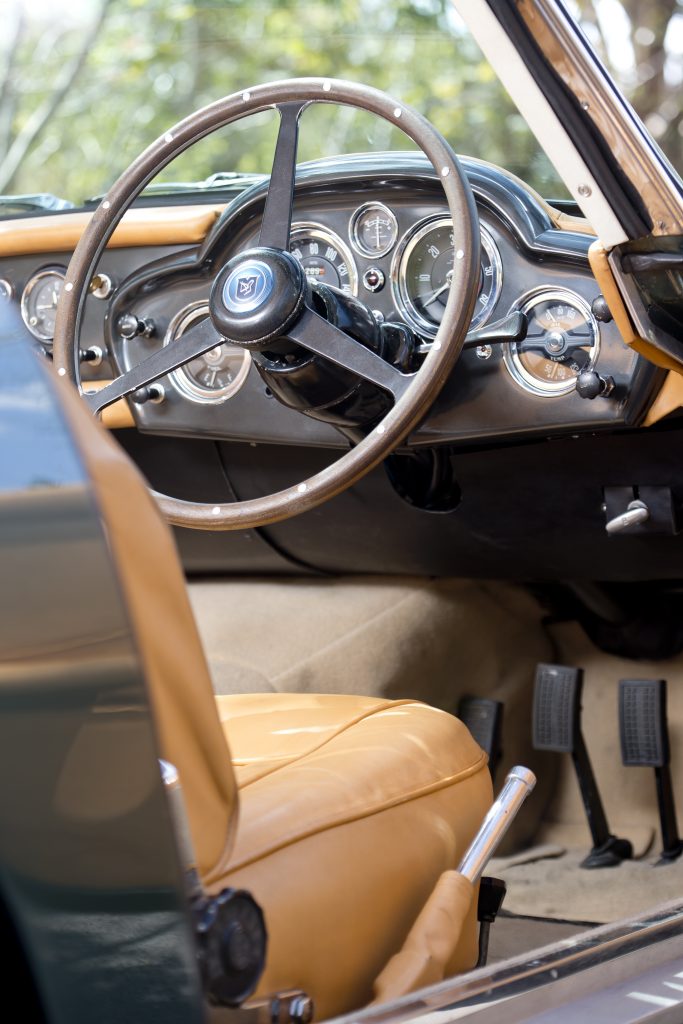
Of the many differences between the DB4 and its DB5 successor, the earlier car’s four-speed gearbox is one of the most obvious. The DB5 received a ZF five-speeder, but the DB4 gets away with its four speeds thanks to high gearing and plenty of low-down torque. The performance figures perfectly demonstrate the effect of that gearing: 140mph but a 0-60mph of around 9.5 seconds. There’s no synchromesh on first but second gear will usually suffice for slow-speed work, so first is needed only for standing starts. It’s not a gearbox to be rushed but it feels satisfyingly mechanical in action.
The six-cylinder engine was as important as Touring’s bodywork and the company’s new Newport Pagnell factory in the transformation of Aston Martin. Designed by Tadek Marek, it was all-aluminium and couple-overhead camshaft, neither of which was new even immediately post-war, but it was still special, as was the 240bhp and 420lb ft of torque.
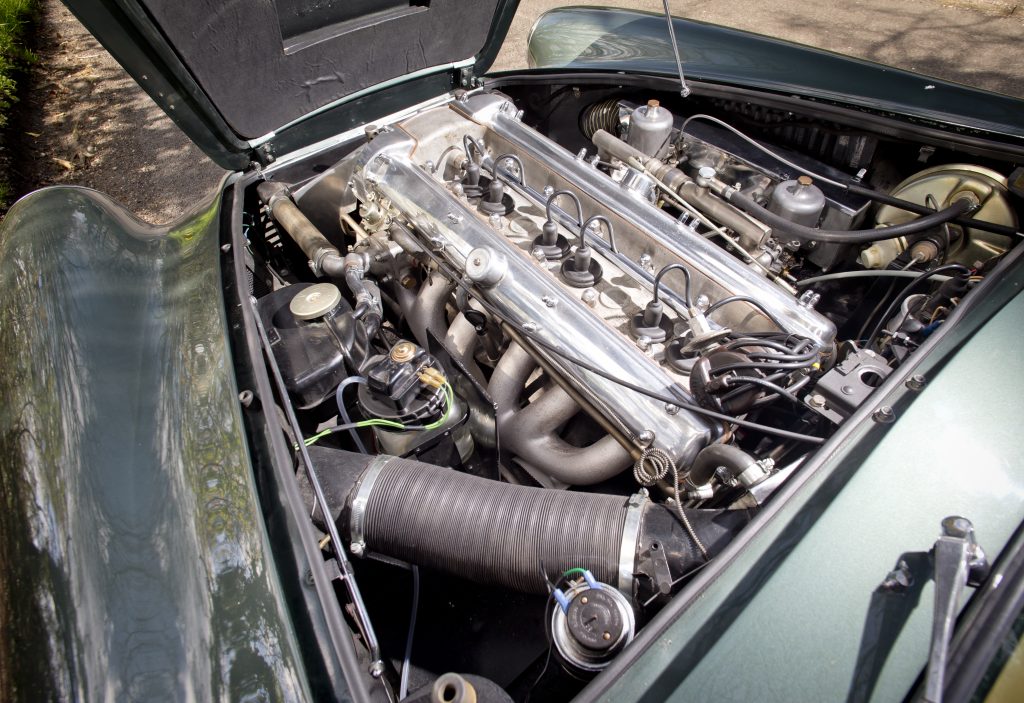
Though peak power is at 5500rpm and maximum torque above 4000rpm, this isn’t an engine that feels desperate to rev. It just builds up to its peaks with a muscularity that shoves the DB4 forward without drama or fuss. It’s not quiet, but then very few cars of this era would ever be described as being quiet, but it feels strong and no-nonsense, in the very way that the on-screen drivers of the DB5 would later be portrayed. It’s very… English.
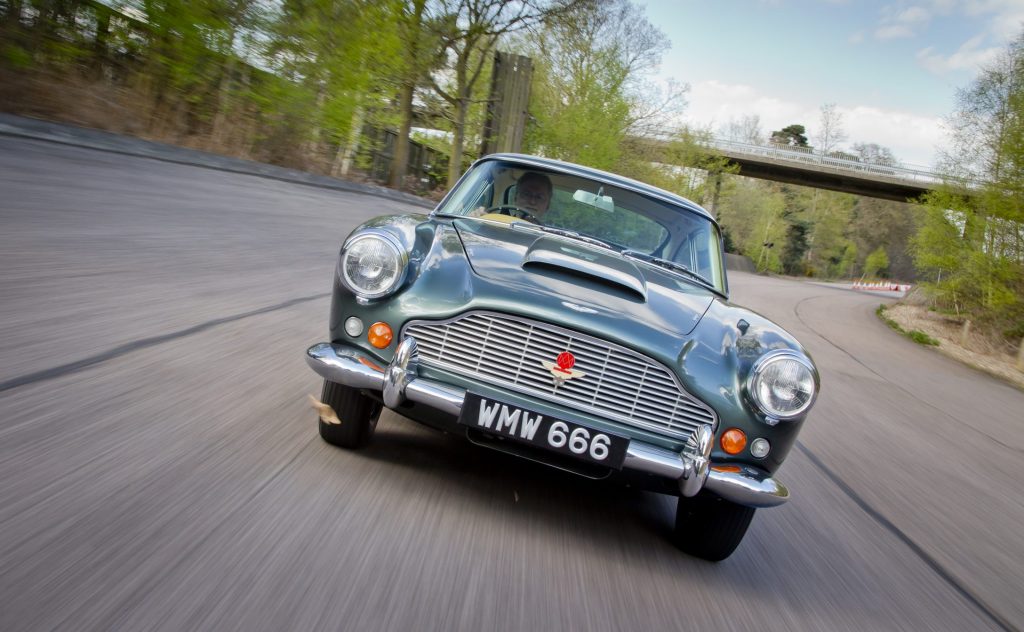
And you have to work at the DB4 too. There’s natural play around the straight ahead position of the steering, and then it weights up in the corner, just as – say – an unmodified MGB does. Except this is a much heavier car, so the steering wheel needs a really strong heave in tight bends, and the brakes need a similarly muscular shove to bring the car to a prompt halt. In a well set-up DB4, it’s something that becomes learnt and part of the experience, but subtle steering assistance, upgraded brakes and some additional engine cooling modifications (particularly on overheating-prone early DB4s) can help things along without taking anything from the character.
In fact, character is what the DB4 is all about. There’s a satisfaction in mastering it, and then the rumble of the straight six, just-audibly accompanied by the whine of the gearbox below the growl of the twin exhausts becomes a heady soundtrack that sits perfectly with the view down the long bonnet and wings. Point the DB4 down a twisting A-road and it does everything you’d expect it to do, the ever-so English version of a Ferrari 250GT Lusso or Maserati 3500GT. It leans controllably through the corners as you pull on that thin steering wheel rim, and if you happen upon a tighter corner and you’re feeling brave then an armful of lock and a gentle poke on the accelerator pedal on the way out will show off why DB4s were so good on the race track; it lets go controllably and laps up the treatment, proving that actually there is more sports car in this GT than we might have given it credit for.
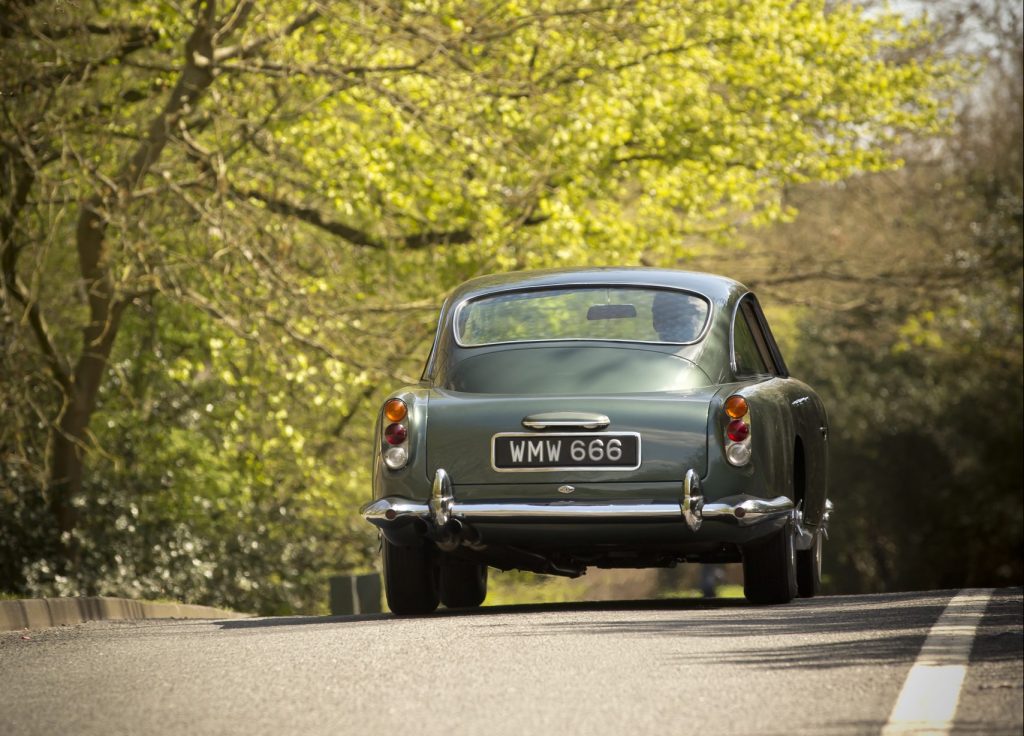
Generally we think in terms of DB4 and the shorter, lighter DB4 GT and DB4 GT Zagato variants, but there were a surprising five series of DB4 between its unveiling in 1958 and its replacement by the DB5 in 1963 – even though there were only just over 1200 built in total.
There’s not much difference between the first four, except for the addition of frames to the door windows from the Series II-onwards, which cuts down the wind noise. The Series IV gained the option of the famous Vantage-spec engine, with triple instead of twin SU carburettors and reworked cylinder heads, pushing power up to a claimed 266bhp. And then came the Series V, with its longer, taller body, and smaller wheels to compensate for the gain in height. It’s more practical, more akin to the DB5 that soon followed, but less attractive. A convertible was also introduced with the Series IV, many of which were ordered with the Vantage engine.
Sometimes, recalling great drives, the words rush out in a way that conveys the sheer excitement of certain cars. But a DB4 doesn’t do that, and don’t believe the words that say it does. Driving one demands a slower build-up, a gentle but satisfying learning curve until suddenly – like a golfer hitting a ball just right – you’ve matched gearchange to torque characteristics, learnt not to over-compensate the steering and to allow for the weight of the car going into the corner, using the power to sweep you out through the exit. And just as suddenly you’re in love with the DB4.
David Lillywhite is editorial director of Magneto magazine, which offers fresh perspectives on the world’s greatest cars.
Read more
The One That Got Away: Stephen Archer on saying a bittersweet farewell to his father’s DB4
Driving the Greats: The Lamborghini Countach is terrifying and thrilling all at once
Retro Rematch: Aston Martin V8 Vantage vs Audi R8 4.2

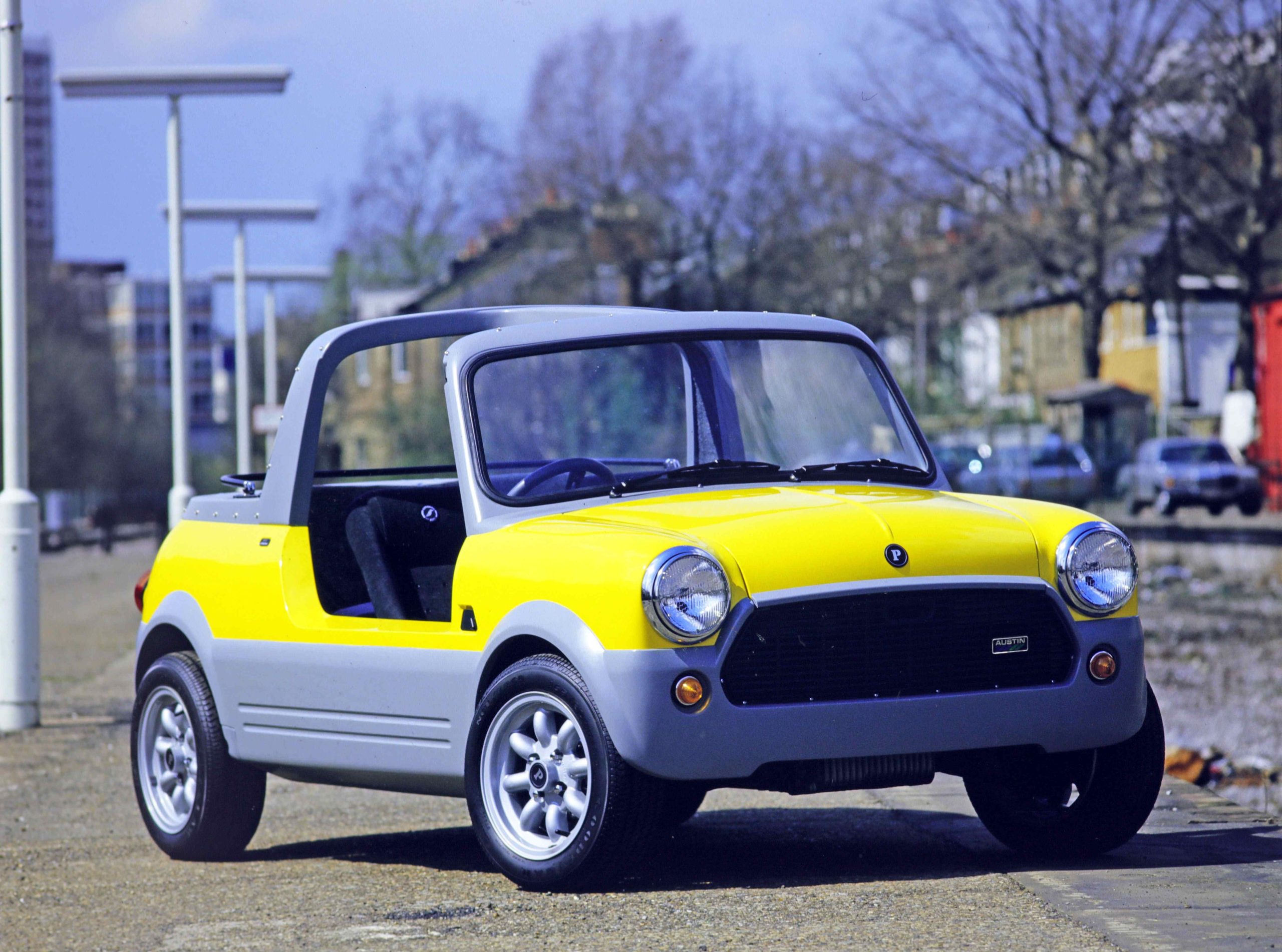

















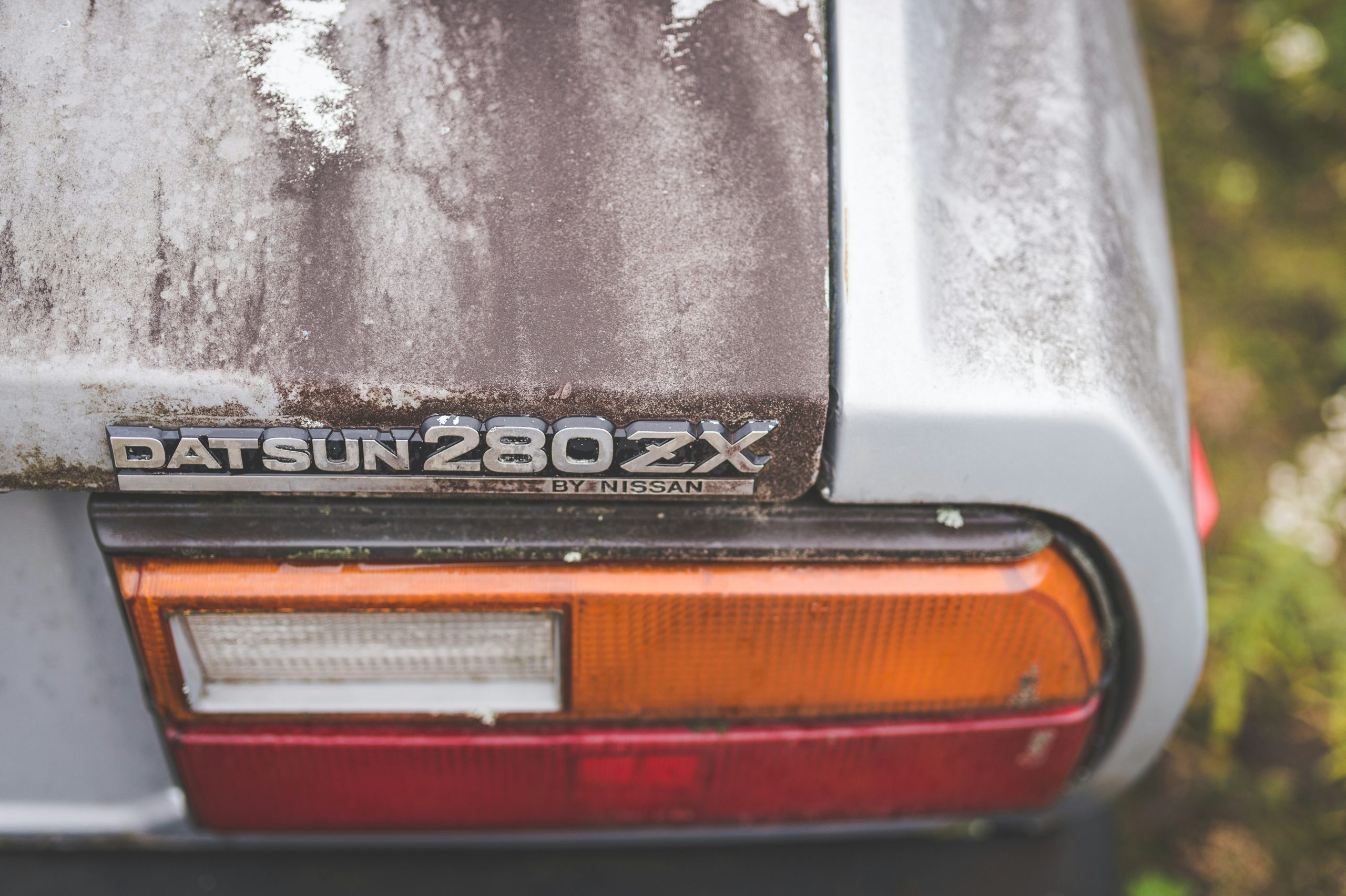
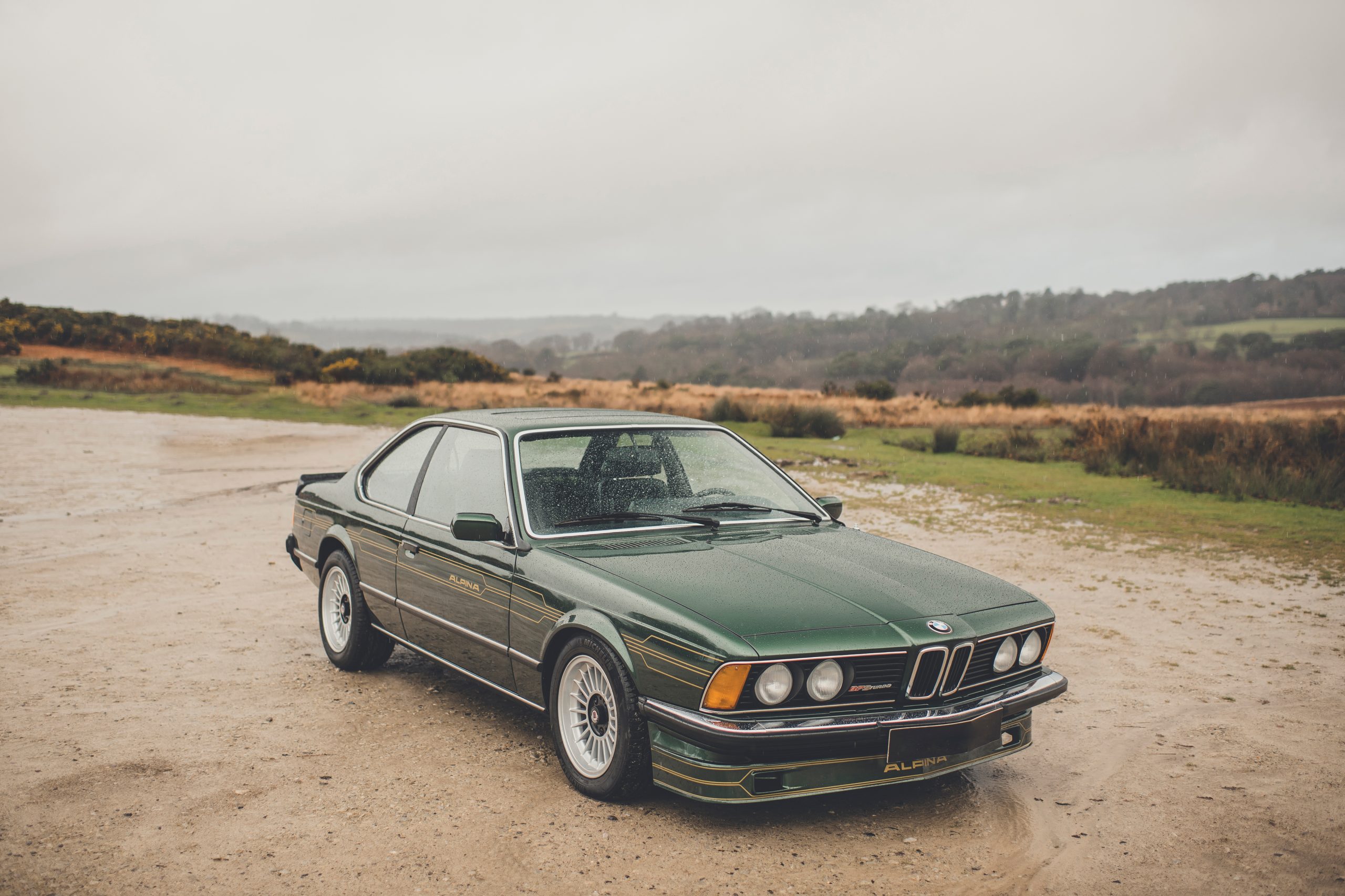
I was fortunate to be able to drive DB4/106/L for most of the 70s. The DB4 was truly beauty to behold–and to hear. While it did need concentration to drive, particularly on a track like Lime Rock, it was indeed a very satisfying experience.
I read, “cantankerous, intoxicated” and wondered how they knew me so well …
Interesting article. I have a DB4 series 5 convertible which I have owned for 50 years and still get enjoyment from it every time I go out in it. The only mistake in the article was that the gearbox does have synchromesh on first gear and if you have overdrive as mine does, you have five gears.
I owned a DB5 purchased in 1970 for £800.00 how I wish I had kept that car, before purchasing I tried several DB4’s but the gearbox put me off and the very heavy clutch. Two cars tested had slipping clutches but none of these faults showed in the DB5 with the ZF gearbox
Why no mention of the ultimate Touring designed evolution, namely the DB6. Other than the front quarter lights this is the evocation of the best of the series. Deserves a mention surely A true 4 seater GT
Having owned quite a few Astons over the last 50 years from a 57 MK3 to a 2016 Vanquish,without a doubt the DB4 ser1 is the most perfectly proportioned and beautiful DB ever(oh those Lucas cathedral tail lights were perfect.) For me the DB6ser.! Vantage was the ultimate of the DB DB’s.Not having the perfect proportions of the DB4,it more than makes up with drive ability.